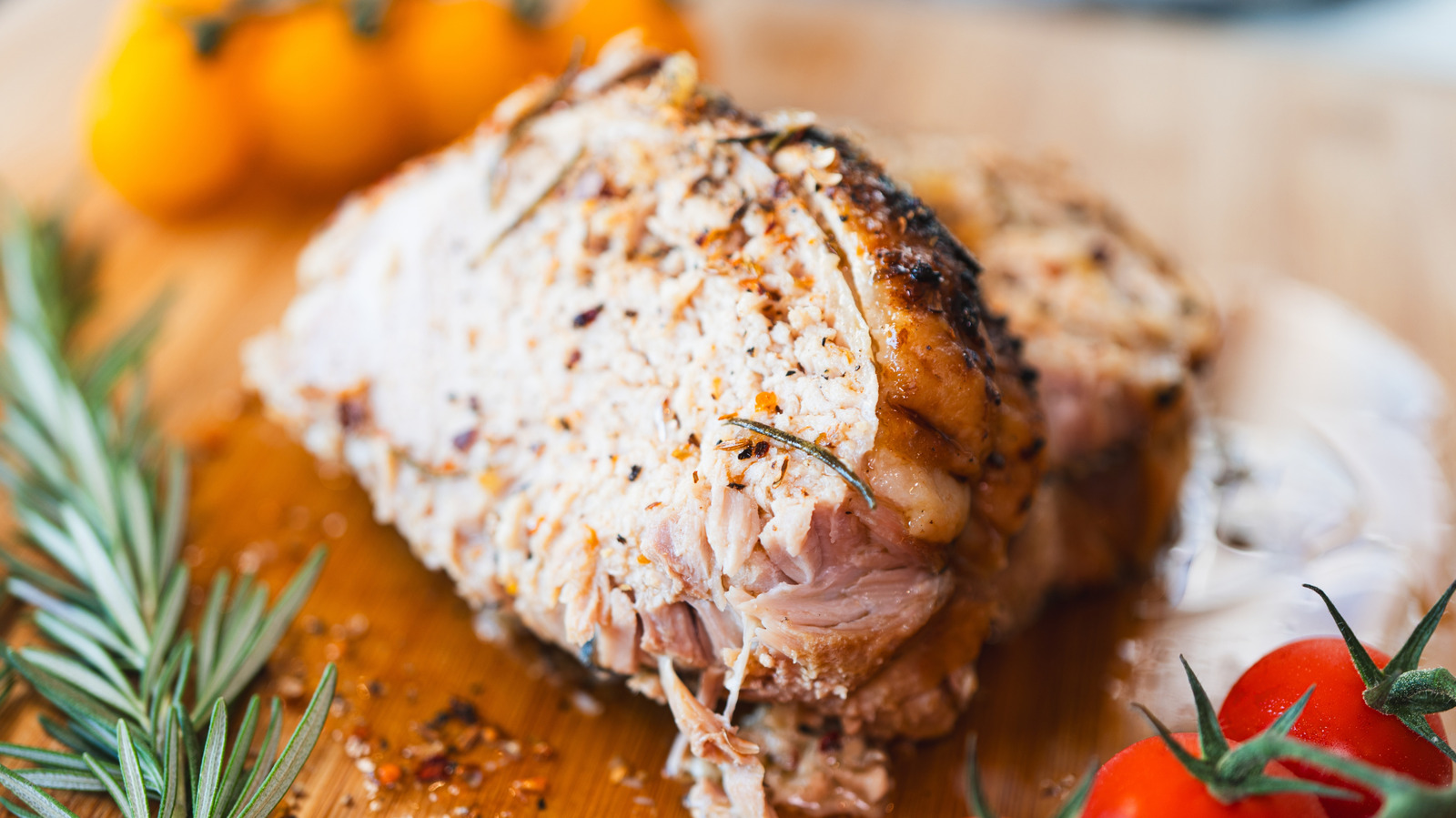
"This simple step, recommended by Marissa Stevens of Pinch and Swirl and shared in a recent interview with our sister site The Takeout, does more than just pre-cook the surface. It begins tightening the skin, draws out surface moisture, and primes the pork for the kind of high-heat blast that leads to the crunch you crave. What makes this trick especially useful for home cooks is that it mimics the results of restaurant techniques without needing special tools."
"The beauty of the boiling water trick is that it works with the science of how pork skin crisps, not against it. Pouring boiling water over scored pork skin causes the collagen in the surface to begin contracting immediately. That reaction starts the rendering process early, making it easier for fat to escape and for the skin to dry out completely."
Scoring pork skin and pouring boiling water over it begins contracting the skin's collagen, starts rendering surface fat, and drives out moisture to enable crisping. Resting the pork uncovered in the refrigerator overnight allows the skin to firm and shed remaining moisture. Some chefs recommend brushing the dried skin lightly with white vinegar before roasting to aid blistering. The technique recreates restaurant-style results without specialized equipment by using basic kitchen tools like a kettle and a refrigerator. When combined with a high-heat finish and simple finishing touches, the method reliably produces golden, blistered pork crackling.
Read at Tasting Table
Unable to calculate read time
Collection
[
|
...
]